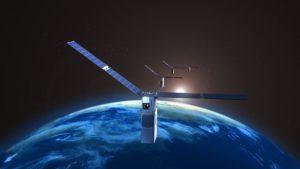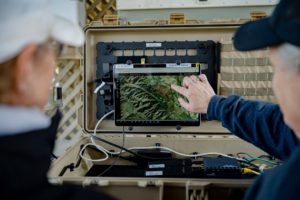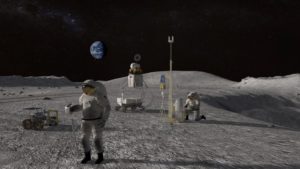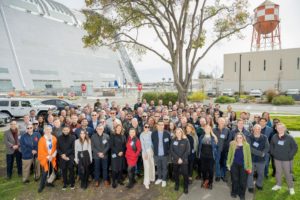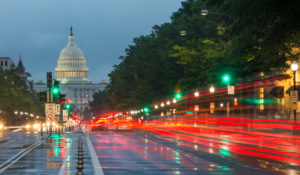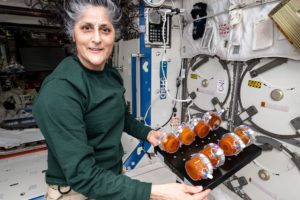Technology Law
As missions to low Earth orbit become more frequent, space traffic coordination remains a key element to efficiently operating in space. Different satellite operators using autonomous systems need to operate together and manage increasing workloads. NASA’s Starling spacecraft swarm recently tested a coordination with SpaceX’s Starlink constellation, demonstrating a potential solution to enhance space traffic…
Continue readingNASA researchers conducted initial validation of a new airspace management system designed to enable crews to use aircraft to fight and monitor wildland fires 24 hours a day, even during low-visibility conditions. From March 17-28, NASA’s Advanced Capabilities for Emergency Response Operations (ACERO) project stationed researchers at multiple strategic locations across the foothills of the…
Continue readingImagine your car is in conversation with other traffic and road signals as you travel. Those conversations help your car anticipate actions you can’t see: the sudden slowing of a truck as it begins to turn ahead of you, or an obscured traffic signal turning red. Meanwhile, this system has plotted a course that will…
Continue readingNASA and the U.S. Geological Survey (USGS) welcomed a community of government, industry, and international partners to explore current technology needs around natural resources – both on Earth and “off world.” During a workshop held in February at NASA’s Ames Research Center in California’s Silicon Valley, participants discussed technologies that will improve the ability to…
Continue readingEight finalist teams participating in the 2025 NASA Gateways to Blue Skies Competition have been selected to present to a panel of judges their design concepts for aviation solutions that can help the agriculture industry. Sponsored by NASA’s Aeronautics Research Mission Directorate, this year’s competition asked teams of university students to research new or improved…
Continue readingSince its launch on March 12, 2015, NASA’s MMS, or Magnetospheric Multiscale, mission has been rewriting our understanding of a key physical process that is important across the universe, from black holes to the Sun to Earth’s protective magnetic field. This process, called magnetic reconnection, occurs when magnetic field lines tangle and explosively realign, flinging…
Continue readingNASA’s BioNutrients series of experiments is testing ways to use microorganisms to make nutrients that will be needed for human health during future long-duration deep space exploration missions. Some vital nutrients lack the shelf-life needed to span multi-year human missions, such as a mission to Mars, and may need to be produced in space to…
Continue readingNASA’s BioNutrients series of experiments is testing ways to use microorganisms to make nutrients that will be needed for human health during future long-duration deep space exploration missions. Some vital nutrients lack the shelf-life needed to span multi-year human missions, such as a mission to Mars, and may need to be produced in space to…
Continue readingNASA’s BioNutrients series of experiments is testing ways to use microorganisms to make nutrients that will be needed for human health during future long-duration deep space exploration missions. Some vital nutrients lack the shelf-life needed to span multi-year human missions, such as a mission to Mars, and may need to be produced in space to…
Continue readingNASA’s BioNutrients series of experiments is testing ways to use microorganisms to make nutrients that will be needed for human health during future long-duration deep space exploration missions. Some vital nutrients lack the shelf-life needed to span multi-year human missions, such as a mission to Mars, and may need to be produced in space to…
Continue reading